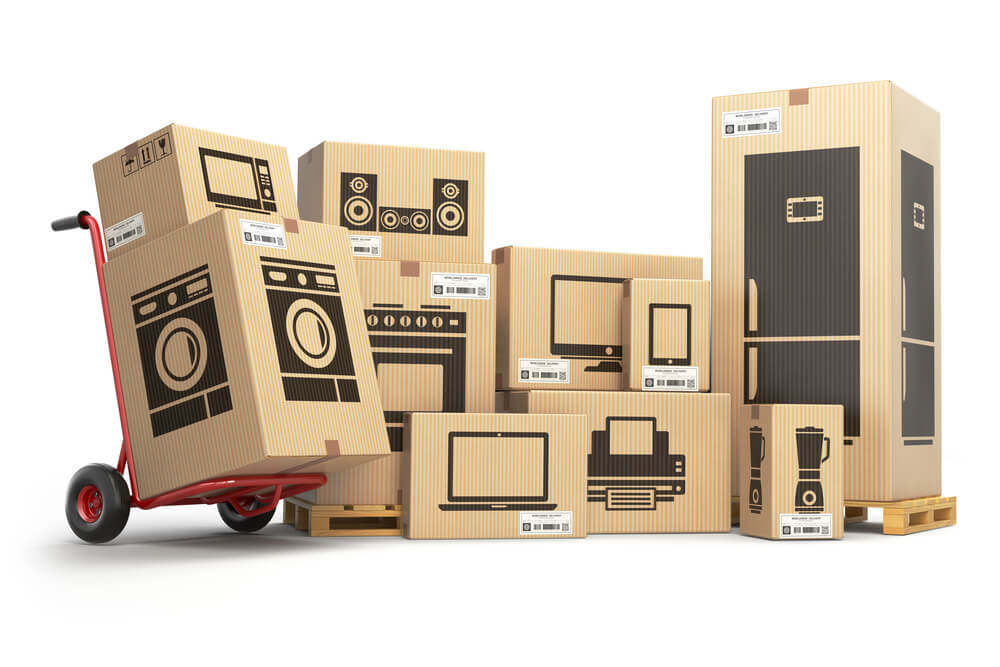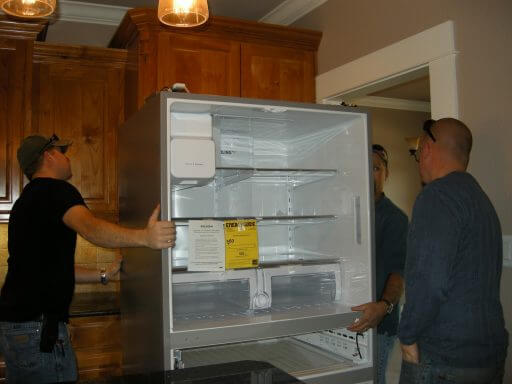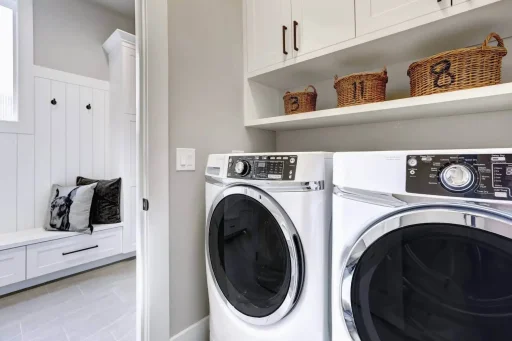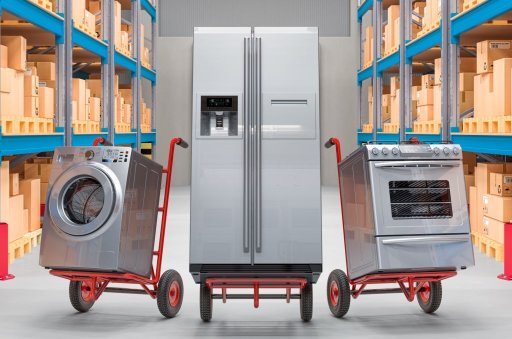Preparing Your Appliances for Moving: A Comprehensive Guide
Moving can be an exciting yet challenging experience, especially when it comes to relocating large appliances like washers, dryers, and refrigerators. Proper preparation is crucial to ensure your appliances remain in good condition during the move and are ready to function in your new home. While most moving companies, including Master Movers, specialize in transporting items safely, they typically do not handle tasks like disconnecting or reconnecting power and water lines. This responsibility falls on homeowners, who can choose to handle it themselves or hire a professional. In this guide, we’ll provide essential tips for preparing your appliances for moving, ensuring a smooth and stress-free process.
Why Proper Preparation Matters
Relocating appliances involves more than just unplugging and moving them. Improper preparation can lead to damaged equipment, costly repairs, or even safety hazards during the move. By taking the time to prepare each appliance thoroughly, you can:
•Protect your appliances from damage during transport.
•Prevent leaks, electrical issues, or mechanical malfunctions.
•Make the installation process easier at your new location.
General Preparation Tips for Moving Appliances
Before diving into the specifics of preparing each appliance, follow these general tips:
Plan Ahead
Start preparing your appliances a few weeks before moving day. This ensures you have enough time to gather supplies, reference owner’s manuals, or hire professionals if needed.
Refer to the Owner’s Manual
Always consult the manufacturer’s guidelines for moving your appliances. If you’ve misplaced the manual, search online using your appliance’s brand and model number along with the term “owner’s manual.”
Gather Necessary Supplies
Common supplies include:
•Bleach or vinegar
•Household cleaner
•Slip-joint pliers
•A bucket or large bowl
•Shipping bolts or foam (for washers)
•Towels or blankets for wrapping hoses and securing parts
Hire Professionals for Disconnections
If you’re uncomfortable disconnecting water or power lines, consider hiring a licensed plumber or electrician. This ensures the process is done safely and correctly.
Steps for Preparing a Washing Machine
Washing machines are among the most challenging appliances to move due to their size and weight. Follow these steps to prepare your washer:
Clean the Machine
Run a hot water cycle with bleach or vinegar to clean the drum and drain lines. Leave the door open for at least 24 hours to dry completely.
Shut Off Water and Power
Turn off the water supply valves, usually located behind the washer, and disconnect the power at your home’s electrical panel.
Disconnect Hoses
•Use slip-joint pliers to detach the hot and cold water hoses from the wall valves.
•Keep the hoses upright to prevent spills, and wrap them in towels before placing them inside the machine.
Secure the Drum
•For front-loaders, use shipping bolts to stabilize the drum.
•For top-loaders, insert foam or cardboard between the drum and the case to prevent movement.
Final Touches
Clean the outside of the washer and ensure all loose parts are secured.
Steps for Preparing a Dryer
Dryers require special attention, particularly if connected to a natural gas line. Here’s how to prepare your dryer:
Clean the Drum
If the drum is discolored, clean it with a mild household cleaner or a detergent paste. Run a load of old rags to remove residue.
Shut Off Power
Turn off the power at your home’s electrical panel and unplug the dryer.
Gas Dryers
If your dryer uses natural gas, have a qualified professional disconnect the gas line safely.
Remove the Vent Pipe
Carefully pull the dryer away from the wall and disconnect the vent pipe by removing the clamp. Clean the vent pipe and surrounding area to remove dust and debris.
Prepare for Transport
Wipe down the exterior of the dryer and secure any loose parts.
Steps for Preparing a Refrigerator or Freezer
Refrigerators and freezers require careful handling to prevent damage to delicate components like compressors and water lines. Here’s a step-by-step guide:
Empty the Contents
Remove all food, beverages, and ice from the refrigerator and freezer. This prevents spills and reduces the appliance’s weight.
Disconnect the Water Line
If your refrigerator has a water dispenser or ice maker, turn off the water supply and disconnect the line. Empty the water reservoir to prevent leaks.
Shut Off Power
Unplug the refrigerator and turn off power at the electrical panel.
Defrost the Freezer
Allow the freezer to defrost fully. Refer to the owner’s manual for the recommended defrosting time.
Clean and Dry
Thoroughly clean the interior and exterior of the appliance. Ensure all surfaces are completely dry to prevent mold or mildew during transit.
Secure Components
For older refrigerators, secure the motor or compressor if necessary. Modern units are usually sealed and do not require additional preparation.
Post-Move Instructions
After relocation, refer to the owner’s manual for guidelines on how long to wait before plugging in the refrigerator. This allows the compressor oil to settle, preventing potential damage.
Tips for a Smooth Appliance Move
Label Components
Place all loose parts, like hoses and bolts, in labeled bags. This makes reassembly easier at your new location.
Protect Surfaces
Use blankets or padding to cover appliances and protect them from scratches during the move.
Communicate with Your Movers
Inform your moving company about the appliances you’re relocating and any special handling instructions.
Why Choose Master Movers?
With over 25 years of experience, Master Movers specializes in the careful transportation of household items, including large appliances. Our team understands the importance of protecting your valuable investments during a move. While we do not perform plumbing or electrical work, we’re here to ensure your appliances are handled with care from start to finish.
Preparing your appliances for moving may seem daunting, but following these steps ensures a smooth process. Once your appliances are ready, let Master Movers take over. Our experienced team will transport your items safely and efficiently, giving you peace of mind during your move.
Contact Master Movers today to schedule your move and experience the difference our professional service can make!




 Steps for Preparing a Washing Machine
Steps for Preparing a Washing Machine
